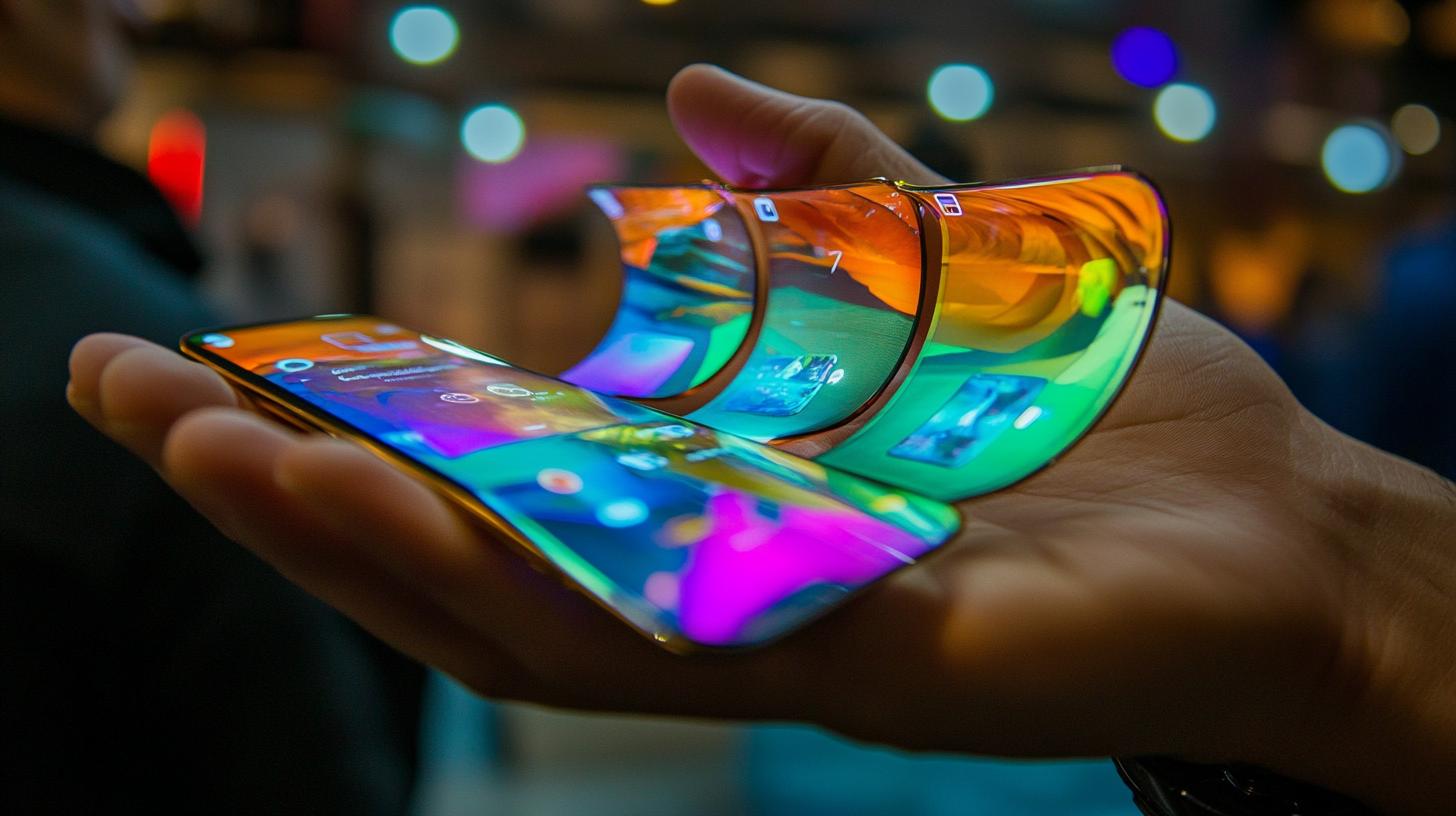The advent of the smartphone touchscreen has revolutionized how we interact with technology, but where did it all begin? The answer might surprise you. While it’s tempting to credit recent tech giants with this innovation, the story of the touchscreen dates back several decades, rooted in both innovation and collaboration.
The development of the modern touchscreen started with Dr. Samuel C. Hurst, who invented the first resistive touchscreen in 1975 while working at Oak Ridge National Laboratory. Hurst founded the company Elographics, which would later evolve into Elo TouchSystems, to commercialize this revelation. His work provided a platform for other inventors and companies to further develop touchscreen technology.
In the early years, these touchscreens were primarily used in industrial and commercial systems. It wasn’t until the early 1990s that IBM released the IBM Simon Personal Communicator, recognized as one of the first smartphones to feature a touchscreen. The Simon didn’t have multi-touch capabilities, but it did pave the way for future advancements.
The real tipping point came with Apple’s introduction of the iPhone in 2007. Steve Jobs and his team integrated the technology into a sleek, user-friendly design that made the touchscreen a ubiquitous part of modern life. This move popularized multi-touch technology and transformed consumer expectations.
Understanding the lineage of the smartphone touchscreen helps us appreciate the blend of past innovations and visionary adaptations that paved the way for today’s technology. The next time you swipe your screen, remember the pioneering efforts that made this everyday magic possible.
The Untold Ripples of Touchscreen Revolution
While the invention of the touchscreen is often overshadowed by high-profile launches like the iPhone, the implications of this technology extend far beyond our casual swipes and taps. One question that arises is why did it take so long for touchscreens to become mainstream?
Who Invented the Touchscreen?
Though Dr. Samuel C. Hurst’s invention was pivotal, it’s important to acknowledge other contributors such as E.A. Johnson, who developed one of the first usable capacitive touchscreens in the 1960s for air traffic control in the UK. These early models spurred further iterations on existing designs, ultimately influencing modern-day devices.
Advantages and Disadvantages
The touchscreen has democratized access to technology, simplifying interfaces to be more intuitive and accessible. However, this convenience comes with its own set of challenges. Screen Obsession: While touchscreens have made technology accessible, excessive screen time has also raised serious health concerns, such as issues related to eye strain and reduced physical activity.
Privacy Concerns: Because touchscreens often require users to interact directly with their devices, screens can harbor germs, raising hygiene concerns, especially in a world more alert to health threats post-pandemic.
Interesting Controversies
Did you know that shortly after the iPhone launch, a remarkable number of patent wars erupted over touchscreen technology? Tech giants vied for supremacy, revealing the competitive stakes involved in controlling key innovations. This has had broader implications for how intellectual property laws affect technological advancement.
For more on groundbreaking technological innovations and historical insights, visit MIT Technology Review and WIRED.


















